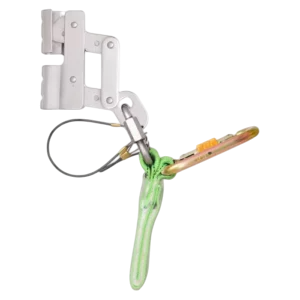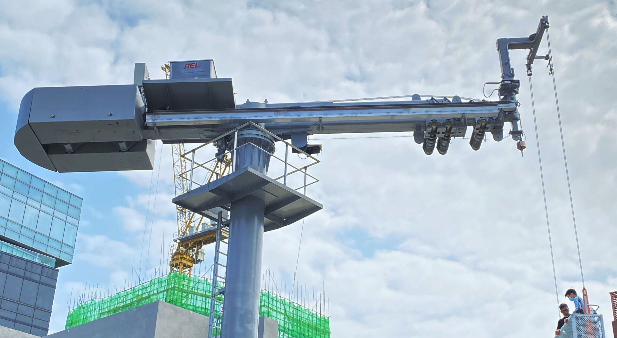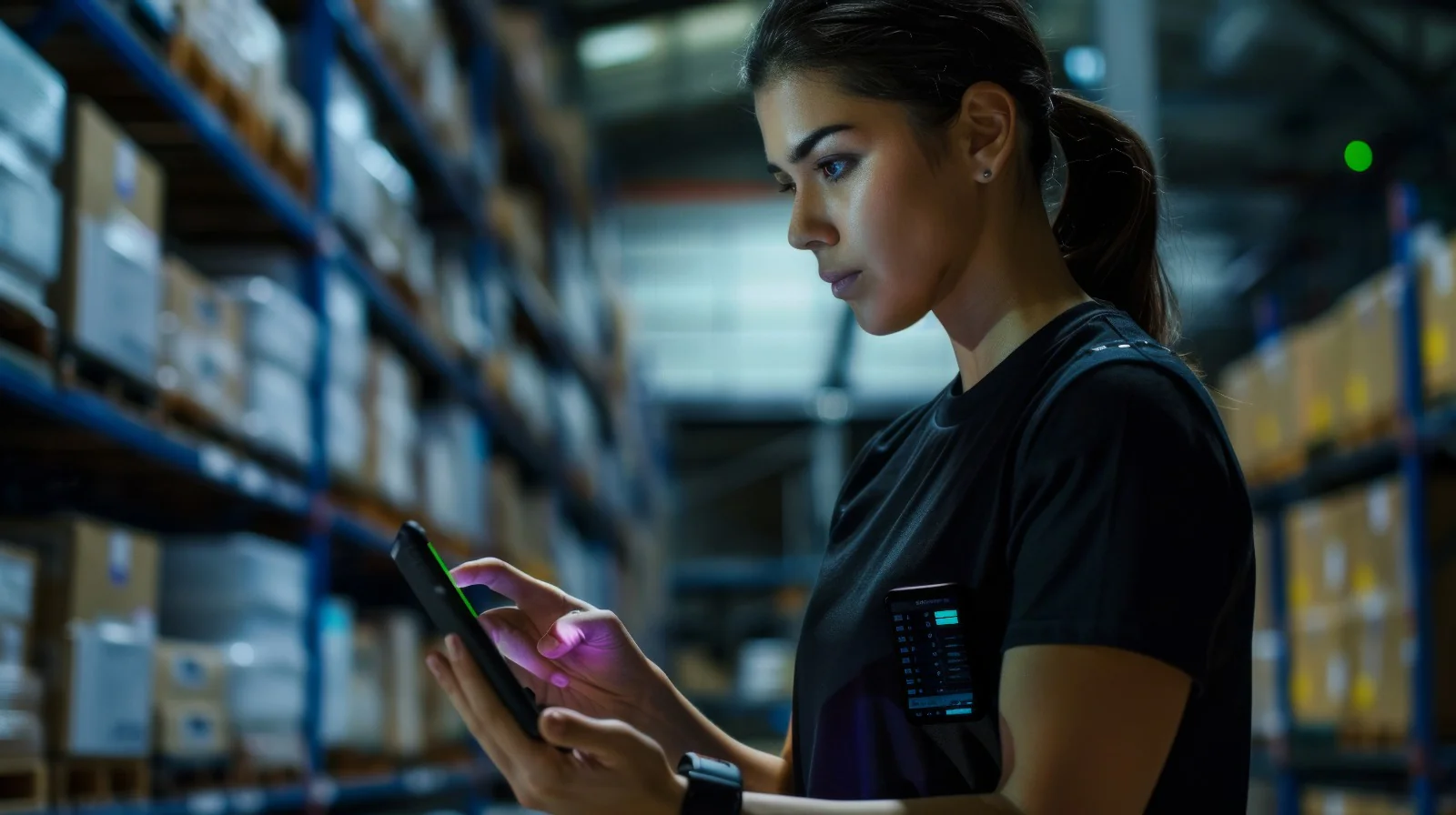Working at heights exposes employees to one of the most serious workplace hazards: falls from elevation. According to industry data, falls account for nearly 40% of all construction fatalities worldwide, making robust temporary fall-protection solutions essential. Safety Line Philippines, in partnership with 828 Cable System, specializes in providing businesses across the country with tailored, OSHA-compliant lifeline systems—ensuring that every worker can access elevated areas safely, even when the work is short-term or sporadic.
In this article, you’ll learn what sets Safety Line Philippines apart, explore the types of temporary lifeline systems available, and discover best practices for specifying, installing, and maintaining these critical safety assets.
What Is a Safety Line System?
A temporary lifeline system—often referred to simply as a safety line—is a horizontal or vertical cable assembly designed to arrest falls and limit a worker’s travel distance in the event of a slip or trip at height. Unlike permanent fall-protection installations bolted into building structures, temporary lifelines are engineered for rapid deployment, easy relocation, and minimal impact on existing surfaces.
Key components include:
- Anchors: Secure the lifeline to structural supports (I-beams, columns, scaffold frames)
- Cable or Webbing: Provides the run-along track for fall arrest devices
- Connectors & Trolleys: Allow the user’s harness to glide smoothly while remaining attached
- Shock Absorbers: Reduce arrest forces, minimizing impact on the user and structure
By understanding how these components integrate, businesses can ensure the selected system matches both the nature of the work and local compliance requirements.
Why Choose 828 Cable System & Safety Line Philippines
When it comes to fall protection, experience matters. With decades of combined expertise, 828 Cable System and Safety Line Philippines offer:
- Consultation & Site Assessment: Engineers evaluate work zones, identify potential hazards, and recommend ideal lifeline configurations.
- System Selection & Design: Whether your project involves structural steel erection, bridge maintenance, or rooftop servicing, experts guide you to the right combination of cable diameter, span length, and attachment method.
- Turnkey Installation & Training: Certified technicians handle installation, testing, and user training—empowering your team to operate equipment safely and confidently.
- Regulatory Compliance: All solutions meet—or exceed—OSHA requirements (4 ft minimum in general industry; 6 ft in construction) as well as Philippine DOLE guidelines.
Numerous clients have reported reduced downtime, lower insurance premiums, and measurable improvements in on-site safety culture after partnering with Safety Line Philippines.
Types of Temporary Lifeline Systems Offered
Safety Line Philippines’ portfolio includes:
- Portable Horizontal Lifelines (PHLs): Ideal for short-term access work where anchor points are widely spaced. PHLs span up to 30 meters and accommodate multiple users.
- Retractable Lifelines (Self-Retracting Lifelines): Offer continuous fall-arrest protection on scaffolds and catwalks, with automatic retraction and braking during a fall.
- Temporary Vertical Lifelines: Used in confined-space entry or window-washing pits—workers ascend and descend while attached to a vertical cable.
- Guided-Type Fall Arresters: Move freely along the lifeline and lock instantly under load, minimizing fall distance.
Each system type brings distinct advantages in mobility, ease of installation, and user capacity—enabling companies to choose precisely what their project demands.
Key Features of Portable Horizontal Lifelines
Portable horizontal lifelines (PHLs) are the workhorse of temporary fall protection. Their standout features include:
- Rapid Deployment: Modular components and lightweight cables mean installation in under an hour for most mid-size spans.
- High Load Capacity: Engineered to arrest falls of multiple simultaneous users without system failure.
- Corrosion Resistance: Galvanized steel or stainless-steel cables withstand Philippine coastal climates and industrial pollutants.
- Adjustable Span: Turnbuckles and tensioners permit fine-tuning of cable slack for optimal performance.
- Compatibility: Anchor kits adapt to steel beams, concrete parapets, or mobile towers—eliminating the need for custom fabrication.
Because they relocate easily, PHLs work exceptionally well on multi-phase construction sites or periodic maintenance schedules—offering both safety and cost efficiency.
Understanding Regulatory Compliance in the Philippines
Navigating fall-protection regulations can be complex. Under OSHA and Philippine DOLE standards:
- General Industry: Any work performed at 4 feet (1.2 meters) or above requires fall protection.
- Construction: The threshold rises to 6 feet (1.8 meters).
- Equipment Standards: All lifelines, connectors, and harnesses must conform to ANSI Z359.1 or equivalent local certifications.
Safety Line Philippines streamlines compliance by supplying:
- Inspection & Test Reports: Traceable certificates for every lifeline segment and connector.
- Documentation Templates: Preformatted logs for daily inspections, periodic audits, and corrective actions.
- Training Records: Proof of user competency in proper donning, pre-use checks, and emergency rescue procedures.
By partnering with experts, companies can avoid costly citations and ensure uninterrupted operations.
Industry Applications & Use Cases
Temporary lifeline systems from Safety Line Philippines serve a wide variety of industries:
- Building Construction & Structural Steel: Teams erecting steel frameworks rely on PHLs strung between beams to maintain continuous protection.
- Bridge Inspection & Maintenance: Mobile lifeline setups allow inspectors to traverse girders safely over water or traffic.
- Pipe-Rack Installation: Elevated process-pipe work in chemical plants demands flexible fall-arrest solutions that adapt to complex layouts.
- Telecommunications & Roofing: Service technicians climb towers and roofs to perform quick repairs without the need for permanent rigging.
Whether a project lasts a single day or several months, portable systems deliver consistent safety performance without extensive site modifications.
Best Practices for Installation & Use
To maximize the effectiveness of temporary lifelines:
- Thorough Site Assessment: Identify fall-hazard zones, confirm anchor point load-ratings, and map out worker pathways.
- Anchor Point Selection: Use structural members capable of resisting at least 5,000 pounds of force per user.
- User Training: Conduct hands-on sessions covering harness adjustment, pre-use inspections (buckle condition, cable fraying), and emergency rescue protocols.
- Routine Inspections: Perform daily visual checks and quarterly competent-person audits—document findings in standardized logs.
- Proper Rescue Planning: Ensure on-site rescue equipment and trained personnel are ready to retrieve a fallen worker quickly.
Common mistakes—such as over-tensioned cables, undersized anchors, and insufficient user-to-harness strap adjustments—can be avoided by adhering to these guidelines.
Takeaway
Partnering with Safety Line Philippines means investing in more than just equipment—it’s securing peace of mind for every team member working at height. Their deep expertise in temporary lifeline systems, combined with turnkey installation, rigorous inspections, and hands-on training, ensures your project always meets or exceeds OSHA and DOLE standards. Portable horizontal lifelines and other fall-arrest solutions adapt effortlessly to changing jobsite conditions, minimizing downtime and maximizing productivity. Whether you’re erecting steel structures, inspecting bridges, or servicing rooftops, Safety Line Philippines delivers tailored, reliable safety systems that protect workers and enhance your bottom line.











